Medium to low energy dog breeds are ideal for individuals with a more relaxed lifestyle. These breeds require less exercise and are content with moderate activity levels.
If you are looking for a furry companion that enjoys lounging around the house, these breeds are a perfect fit. When choosing a dog breed that matches your energy level, it’s important to consider factors such as exercise needs, temperament, and living environment.

Medium to low energy dogs are great for flat living or for individuals who may not have the time or energy for high-energy breeds. These dogs are typically more laid-back and easygoing, making them a great choice for families or individuals looking for a calmer pet.
The Appeal Of Medium To Low Energy Dogs
The Appeal of Medium to Low Energy Dogs
Ideal Companions For Relaxed Lifestyles
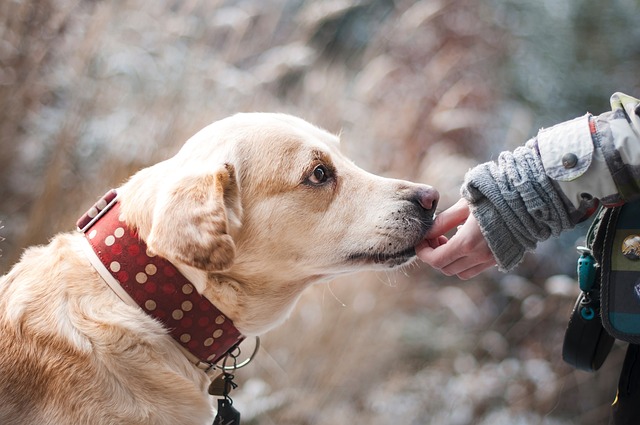
Medium to low energy dogs are perfect for those who prefer a more laid-back lifestyle.
- They enjoy leisurely strolls and cuddle sessions on the couch.
- These breeds are content with minimal exercise, making them ideal for flat living.
Benefits For Owners With Limited Space
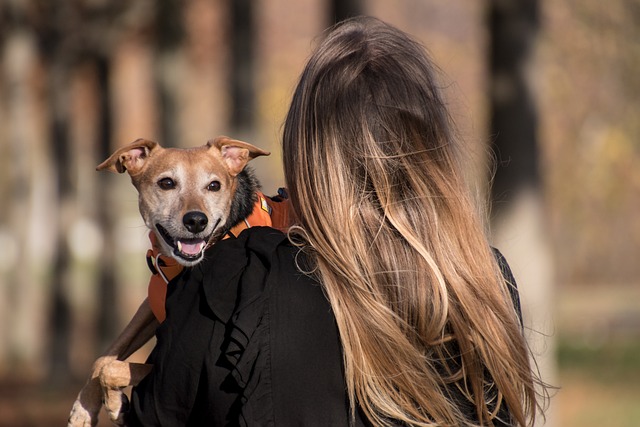
Owning a medium to low energy dog is advantageous for those with limited space.
- They don’t require a large yard or extensive play area.
- These dogs are well-suited for urban environments and smaller homes.
Characteristics Of Low Energy Canines
Low energy canines, such as Basset Hounds and Bulldogs, prefer leisurely activities to vigorous exercise. These breeds thrive in calm environments and enjoy relaxed companionship.

Looking for a furry companion that doesn’t require high-intensity activities and fits perfectly with a laid-back lifestyle? Medium to low energy dog breeds could be the perfect match. These dog breeds are ideal for individuals who prefer peaceful and relaxed environments, or those who cannot commit to rigorous exercise routines.
Physical Traits
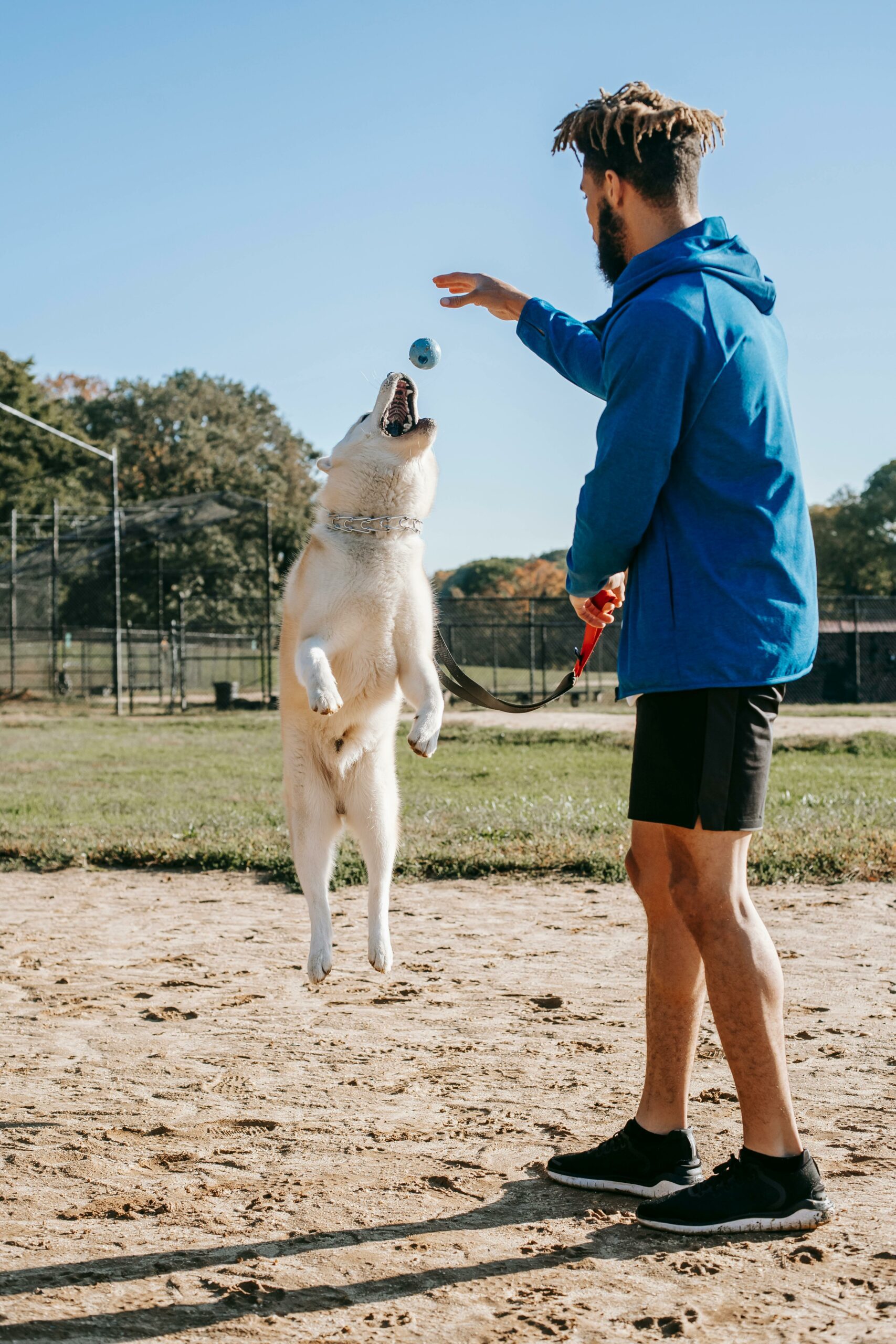
Low energy dog breeds are generally smaller in size and weight, making them perfect for indoor living. These breeds are known for their calm and gentle demeanour, which makes them great lapdogs. They require less space and exercise, making them ideal for flat living.
Most low energy dog breeds have short and smooth coats that require less grooming. They shed minimally, and their coats are easy to maintain. Breeds such as the French Bulldog, Pekingese, and Shih Tzu are perfect examples of low energy dogs with minimal grooming needs.
Behavioural Patterns
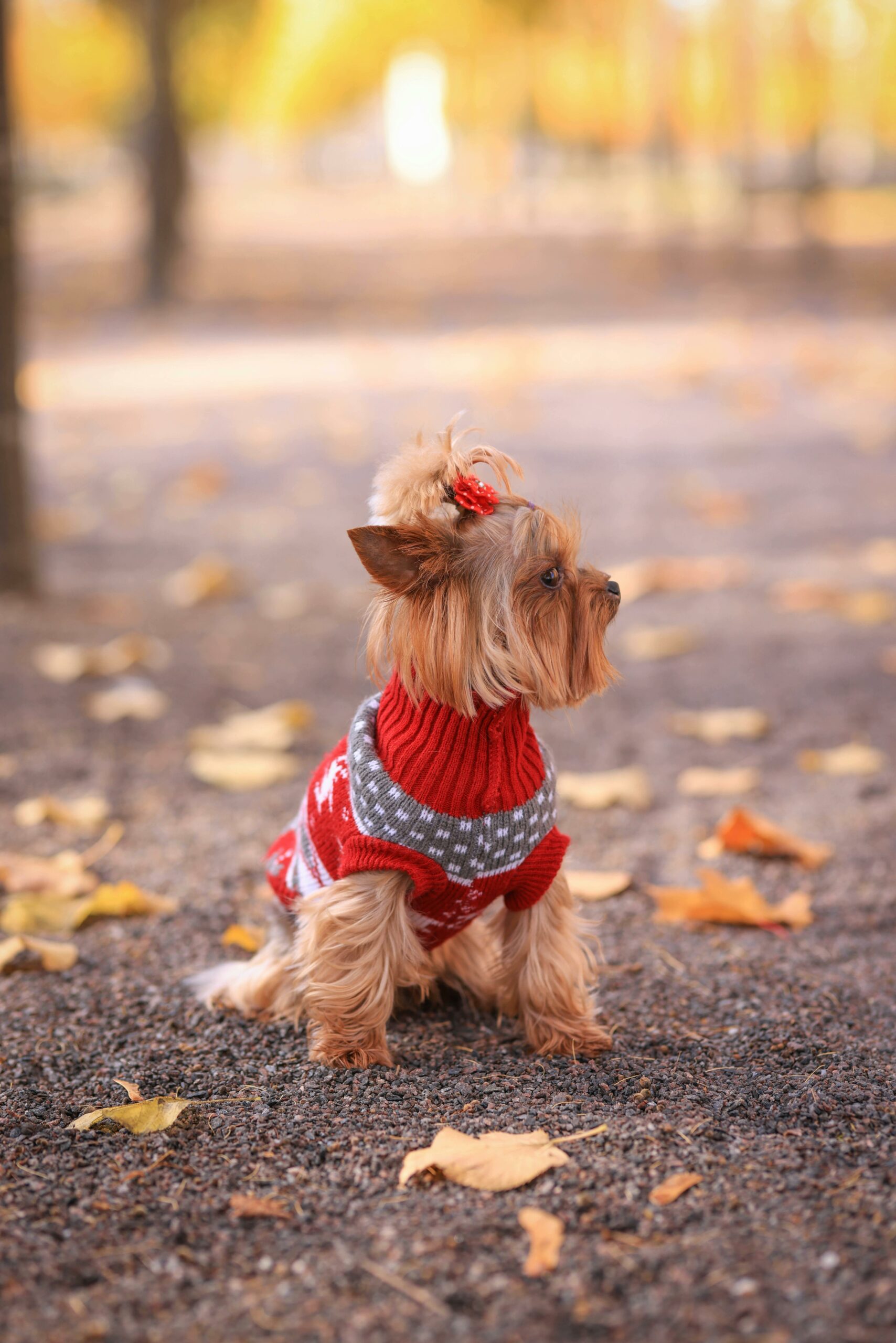
Low energy dog breeds are known for their calm and relaxed behaviour. They are not highly active and prefer to spend most of their time sleeping or lounging around. These breeds are not high-maintenance and can adapt well to various living situations.
These dogs are not prone to destructive behaviour, which makes them excellent for first-time dog owners. They are generally easy to train, obedient, and loyal. They are well-behaved around children, making them perfect family pets.
In conclusion, low energy dog breeds are a great choice for individuals who prefer a peaceful and relaxed lifestyle. These breeds are perfect for flat living, require minimal grooming, and are well-behaved around children. Consider adding a low energy canine to your household and experience the joy of having a loyal companion by your side.
Popular Medium To Low Energy Breeds
Basset Hound
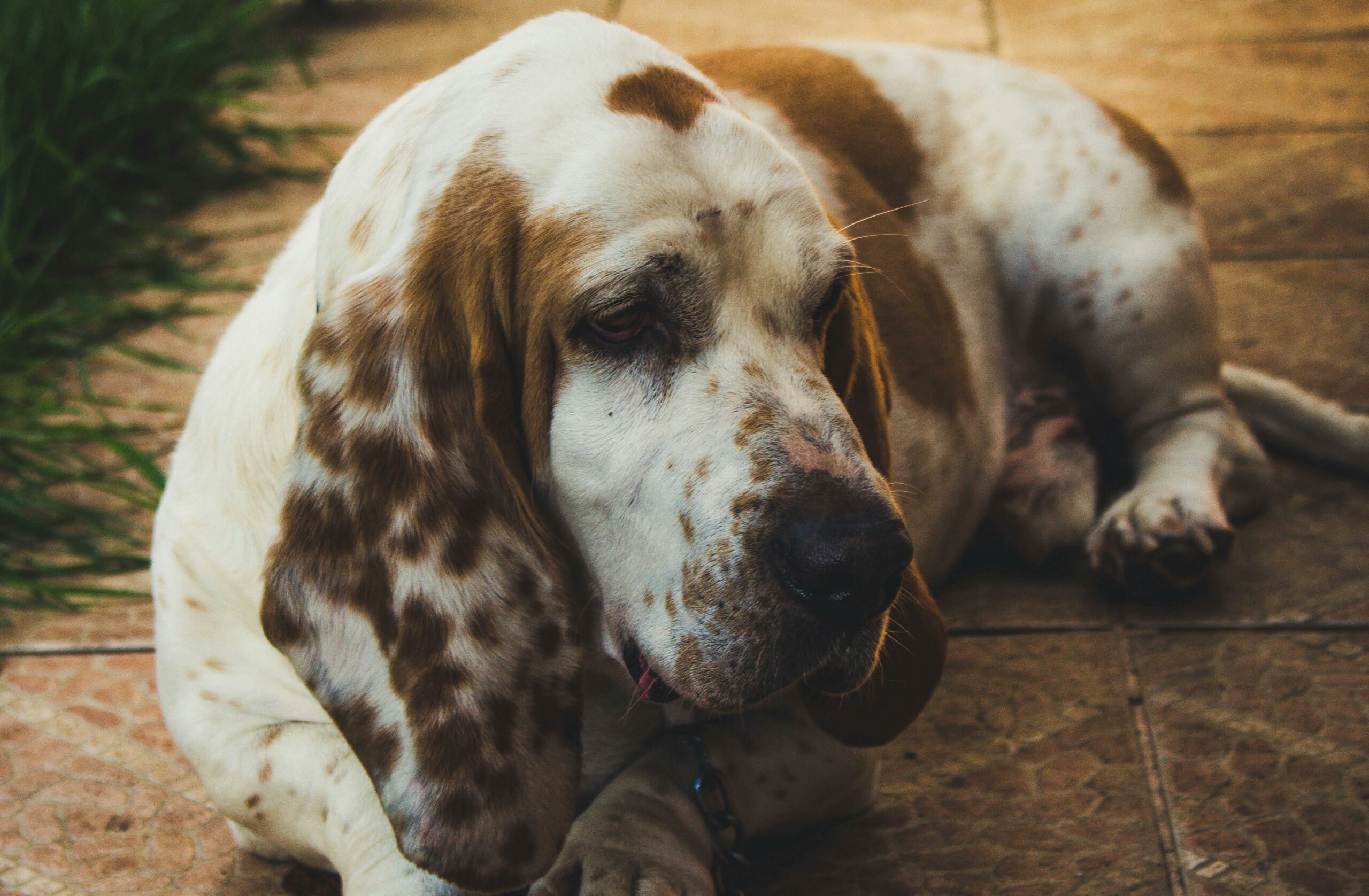
The Basset Hound is a charming, low-energy breed known for its droopy ears and soulful eyes. They are perfect for families or individuals looking for a laid-back companion. Despite their relaxed demeanour, they still enjoy moderate exercise and daily walks.
English Bulldog
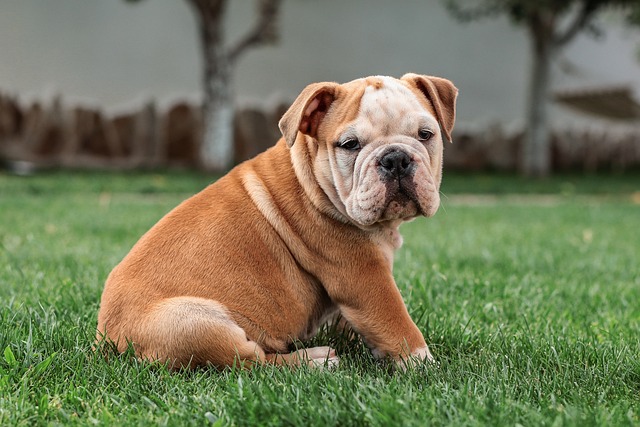
The English Bulldog is a medium-energy breed with a calm and gentle nature. They are well-suited for flat living and are content with short walks and indoor play. Their affectionate and loyal disposition makes them great companions for families and singles alike.
Shih Tzu

The Shih Tzu is a small, low-energy breed that thrives on human companionship. With their affectionate and friendly personality, they make wonderful lapdogs and are suitable for flat living. Their minimal exercise needs make them an ideal choice for seniors or those with a less active lifestyle.
Cavalier King Charles Spaniel
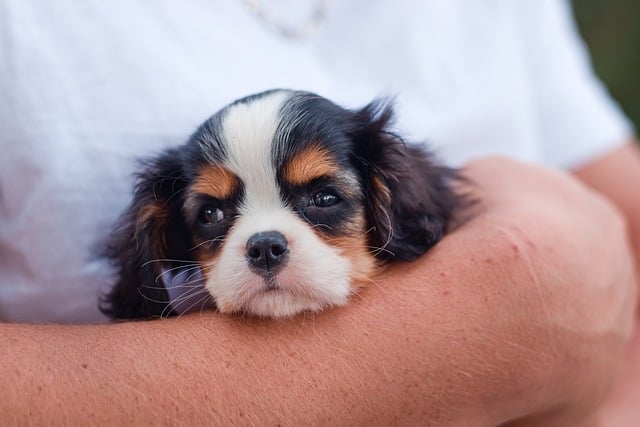
The Cavalier King Charles Spaniel is a gentle and affectionate, medium-energy breed. They enjoy leisurely walks and playtime, making them well-suited for households seeking a calm and loving companion. Their adaptability and friendly nature make them a popular choice for families and individuals alike.
Factors Influencing A Dog’s Energy Levels
Medium to low energy dog breeds are influenced by factors like breed genetics, age, and health conditions. These factors play a crucial role in determining a dog’s overall energy levels, affecting their exercise needs and daily activity levels. Proper care and attention are essential to ensure these dogs lead a balanced and healthy lifestyle.
Factors Influencing a Dog’s Energy Levels
Genetic Makeup
The genetic makeup of a dog plays a significant role in determining its energy levels. Certain breeds are naturally predisposed to having higher energy levels, such as Border Collies and Labrador Retrievers. On the other hand, breeds like Bulldogs and Basset Hounds tend to have lower energy levels due to their genetic characteristics.
Age and Health
Age and health are crucial factors that influence a dog’s energy levels. Puppies and young dogs are generally more energetic and playful, while senior dogs may experience a decrease in energy due to age-related issues. Additionally, a dog’s overall health, including any underlying medical conditions or disabilities, can impact its energy levels.
Diet and Nutrition
The diet and nutrition of a dog have a direct impact on its energy levels. A well-balanced diet that includes the right mix of protein, carbohydrates, fats, vitamins, and minerals is essential for maintaining optimal energy levels. Nutrient deficiencies can lead to lethargy, whereas high-quality nutrition can support a dog’s energy and vitality.
In conclusion, understanding the various factors that influence a dog’s energy levels is crucial for providing the appropriate care and meeting their specific needs. By considering genetic makeup, age and health, as well as diet and nutrition, pet owners can ensure their furry companions lead happy and energetic lives.
Daily Needs Of Less Active Dogs
Understanding the daily needs of less active dogs is essential for their well-being and happiness. While some dog breeds require high levels of physical activity, medium to low energy dogs have specific requirements that cater to their lower activity levels. By focusing on exercise requirements, mental stimulation, and social interaction, owners can ensure that their less active dogs lead fulfilling lives.
Exercise Requirements

Medium to low energy dog breeds have lower exercise requirements compared to their high-energy counterparts. Short walks or gentle play sessions are sufficient to meet their physical activity needs. Regular but moderate exercise is essential to maintain their overall health and prevent obesity.
Mental Stimulation
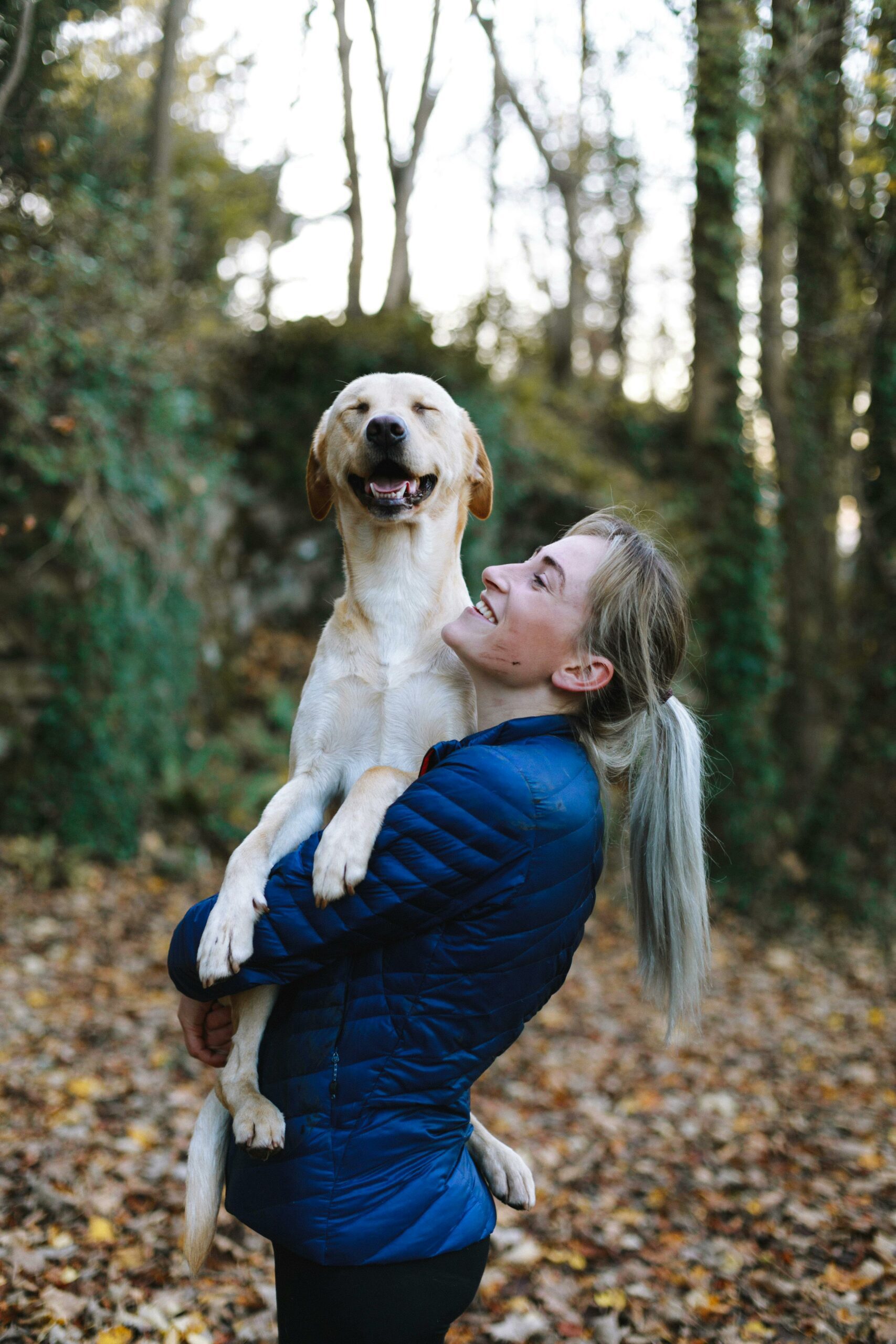
Mental stimulation is crucial for less active dogs to keep them engaged and prevent boredom. Interactive toys, puzzle games, and training sessions can provide mental enrichment. Engaging activities help prevent behavioural issues that may arise from lack of mental stimulation.
Social Interaction
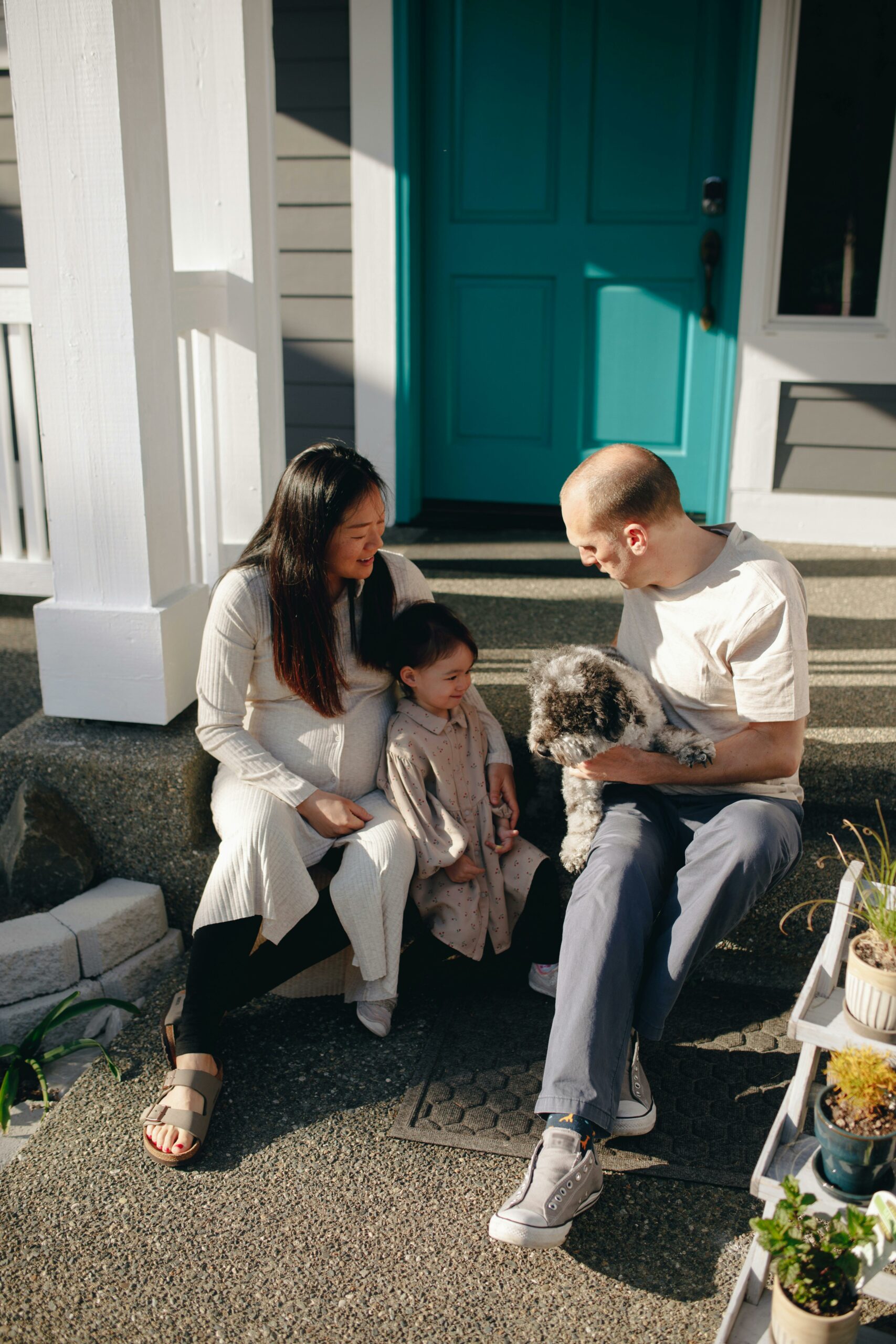
While less active dogs may not require as much physical activity, they still benefit from social interaction. Regular socialization with other dogs and positive human interaction are important for their emotional well-being. Playtime and bonding activities contribute to their overall happiness and contentment.
Training And Caring For Low Energy Breeds
For medium to low energy dog breeds, training and caring involves gentle exercises, mental stimulation, and a balanced diet. It’s important to provide a calm and structured environment to support their temperament. Building a strong bond through positive reinforcement and routines is essential for their well-being.
Training and caring for low energy breeds require a different approach compared to high-energy dogs. While these breeds may not need as much physical activity, they still benefit from mental stimulation and socialization. Positive reinforcement techniques are especially effective for these dogs, as they respond well to rewards and praise. Grooming and health care play a crucial role in maintaining the well-being of low energy breeds.
Positive Reinforcement Techniques

Using positive reinforcement techniques such as treats, praise, and toys can help in training low energy breeds. These dogs thrive on encouragement and will respond positively to rewards for good behaviour. Short, frequent training sessions can help keep them engaged without overwhelming them.
Grooming And Health Care
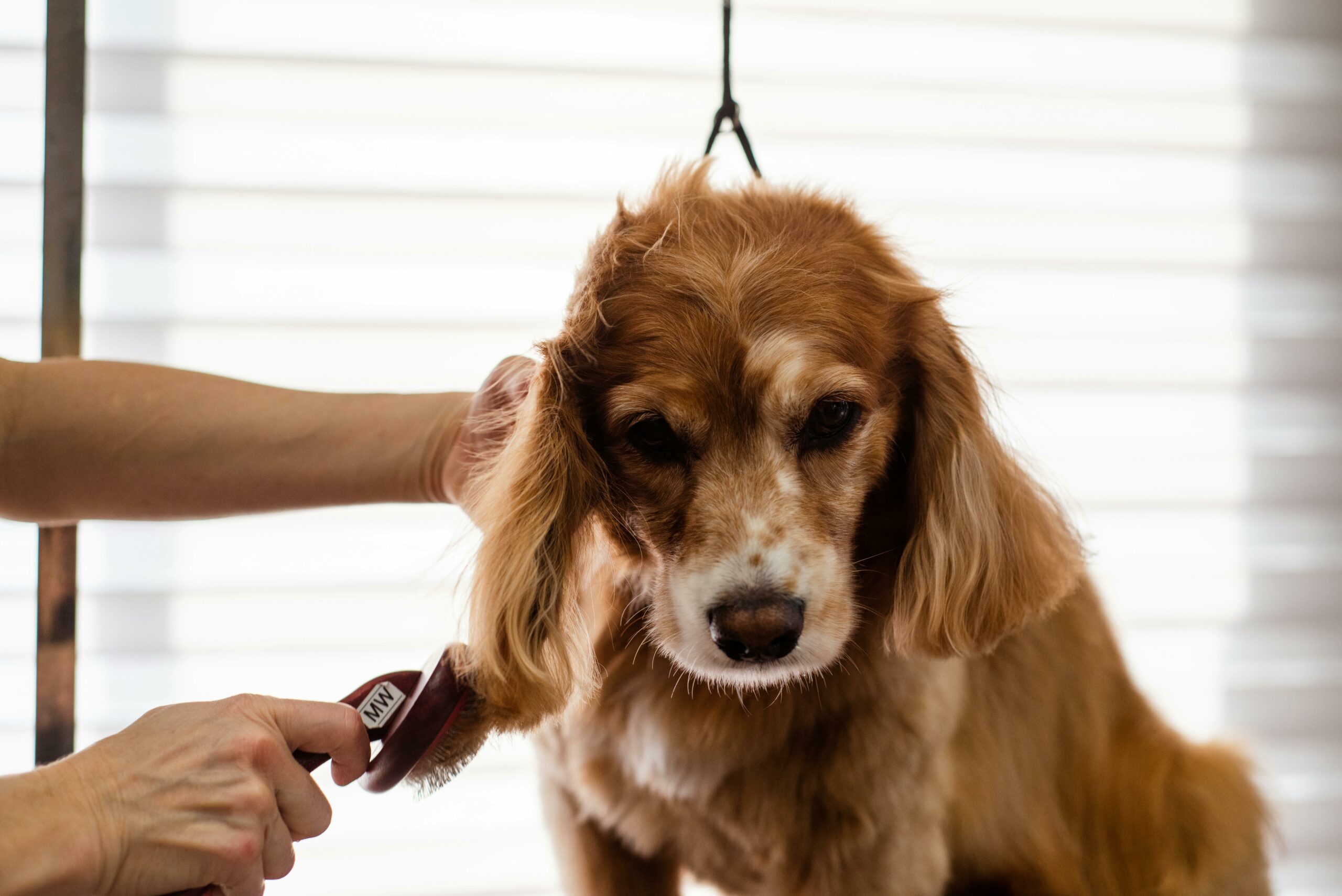
Low energy breeds often have lower maintenance grooming needs, but regular grooming is still essential. Brushing their coat, trimming nails, and cleaning ears are important aspects of their grooming routine. Additionally, scheduling regular veterinary check-ups and maintaining a healthy diet are crucial for their overall health and well-being.
Taking a gentle and patient approach to training and caring for low energy breeds can lead to a happy and well-adjusted pet. By understanding their specific needs and providing the right care, owners can ensure these dogs lead fulfilling lives.
Matching Your Lifestyle With The Right Breed
Adopting a dog can be one of the most rewarding experiences of your life, but it’s essential to choose the right breed that matches your lifestyle. If you are a low-energy person who prefers to spend most of the time indoors, it’s best to opt for a dog breed that shares your temperament. The right match will ensure that both you and your furry friend are happy and healthy.
Assessing Your Daily Routine

Before bringing home a new dog, it’s essential to assess your daily routine. Do you spend a lot of time at work? Are you an early riser or a night owl? Do you enjoy going for long walks or prefer to relax at home? These are some of the journeyions that you should ask yourself before choosing a dog breed. For example, if you work long hours, it’s best to opt for a comfortable breed spending time alone, like a bulldog or a Basset Hound.
Considering Family Dynamics

When it comes to choosing a dog breed, it’s essential to consider your family dynamics. If you have kids or other pets, it’s best to choose a breed that’s friendly and sociable, like a Golden Retriever or a Labrador Retriever. On the other hand, if you have a small flat and live alone, a Toy Poodle or a French Bulldog might be a better fit. It’s also important to consider any allergies that you or your family members may have. Some dog breeds, like the Bichon Frisé or the Schnauzer, are hypoallergenic and shed less, making them a great choice for allergy sufferers.
In conclusion, choosing the right dog breed is essential for a happy and healthy life with your furry friend. By assessing your daily routine and considering your family dynamics, you can find a breed that matches your lifestyle and personality. Remember, adopting a dog is a long-term commitment, so take your time and choose wisely.
Adopting A Medium To Low Energy Dog
Adopting a Medium to Low Energy Dog can be a rewarding experience for individuals or families seeking a calm and relaxed pet companion. These breeds are well-suited for those who prefer a more laid-back lifestyle and do not have the time or energy for high-energy dogs.
Where To Find Your Perfect Match

When looking to adopt a Medium to Low Energy Dog, consider visiting your local animal shelters, rescue organizations, or breed-specific rescues. Additionally, reputable breeders may have suitable dogs available for adoption.
- Animal Shelters
- Rescue Organizations
- Breed-Specific Rescues
- Reputable Breeders
Preparation For Bringing Your Dog Home

Before bringing your Medium to Low Energy Dog home, ensure you have the necessary supplies, such as a comfortable bed, food and water bowls, appropriate food, collar and leash, and toys for mental stimulation.
- Comfortable Bed
- Food and Water Bowls
- Appropriate Food
- Collar and Leash
- Stimulating Toys
Success Stories Of Low Energy Dogs And Their Owners
Low energy dog breeds often surprise their owners with their unique charm and ability to form profound bonds, debunking the stereotype that all dogs need high activity levels. Here are some heart-warming success stories of low energy dogs and their owners.
Companionship And Bonding
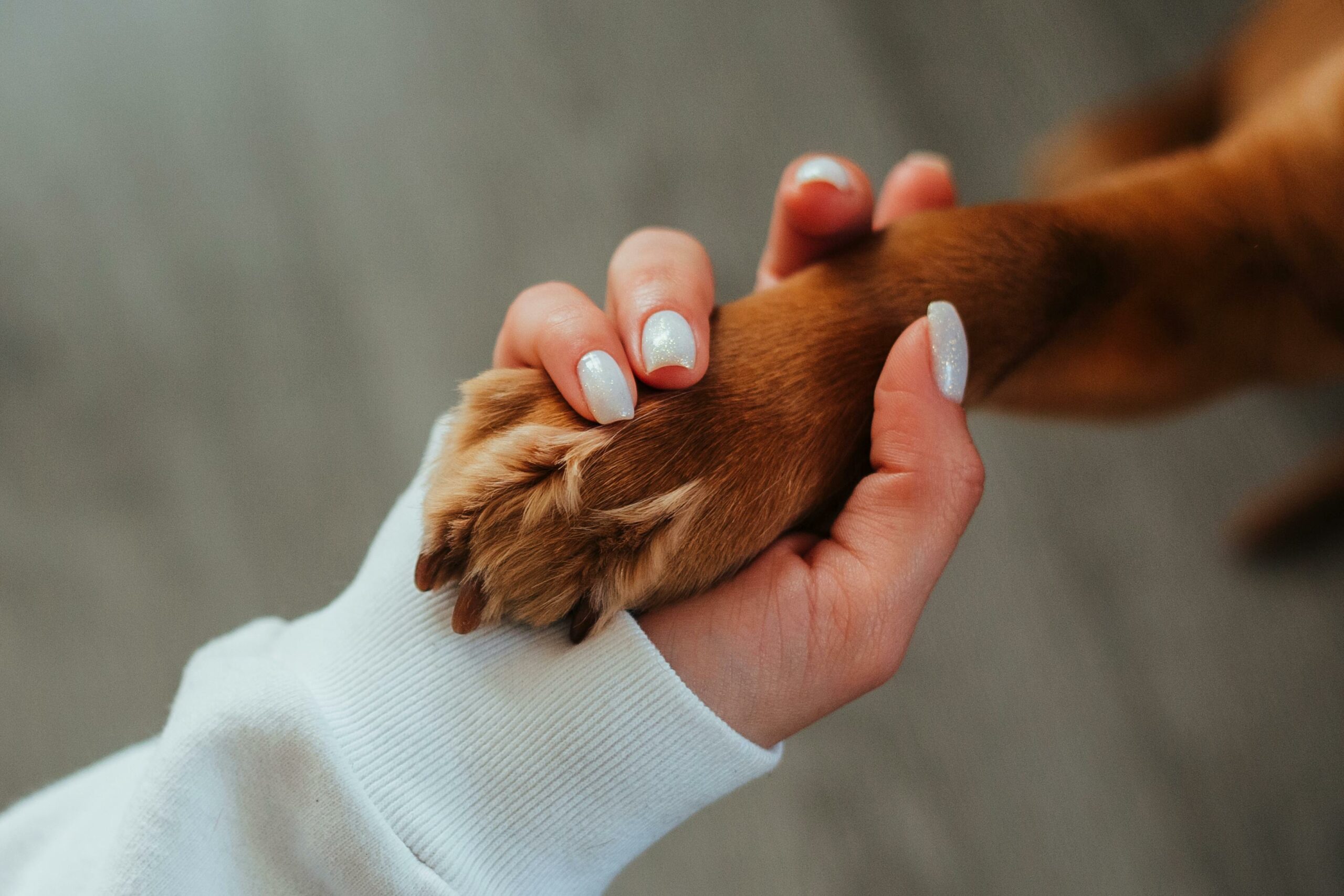
Low energy dogs excel in providing unwavering companionship and forming strong bonds with their owners, making them ideal for individuals seeking a loyal and affectionate pet.
Overcoming Stereotypes Of Inactivity
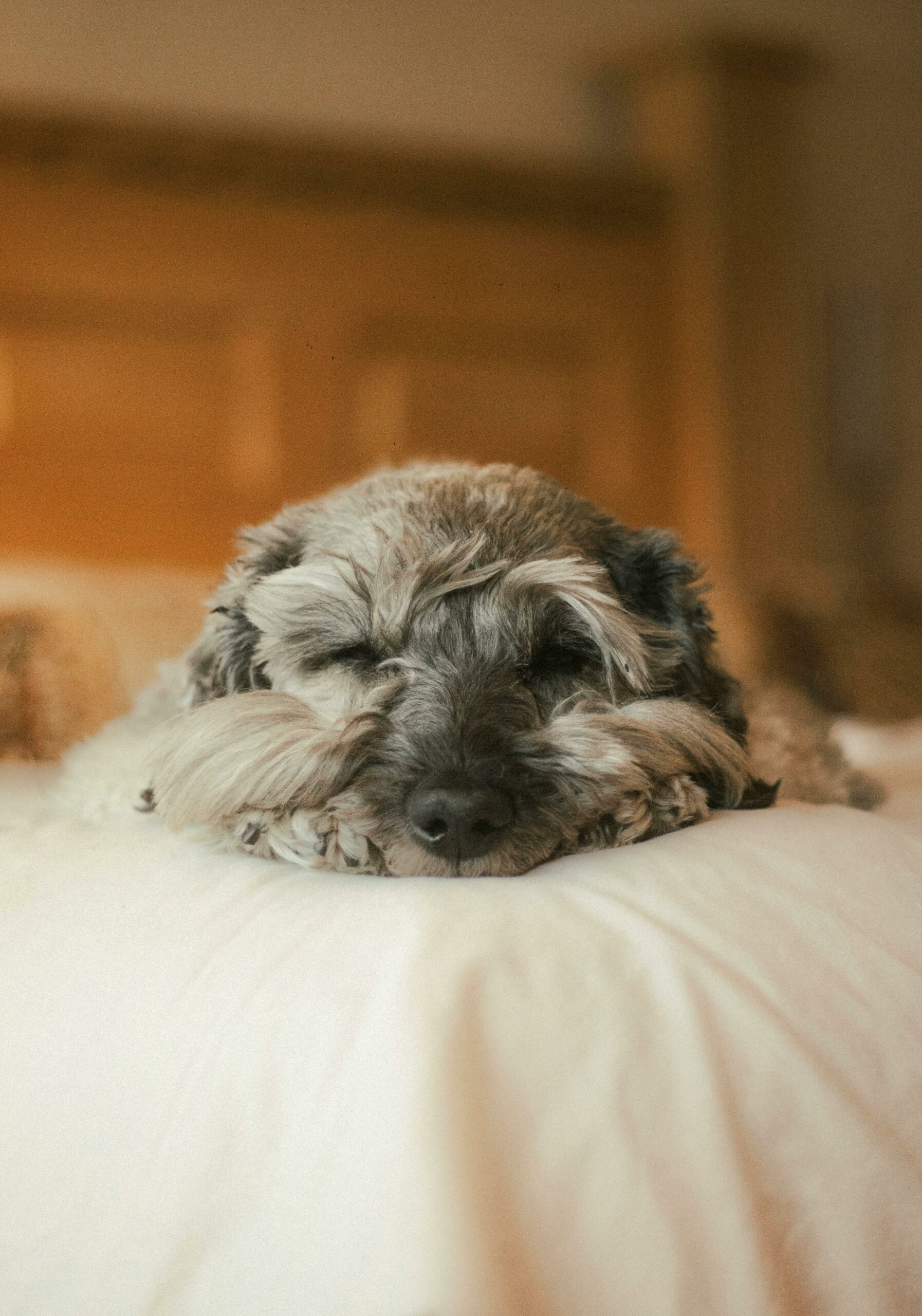
Despite their lower energy levels, low energy dogs prove that they are just as capable of bringing joy and fulfilment to their owners’ lives through their gentle and loving nature.
Long-term Commitment To A Low Energy Pet
For those seeking a low-energy companion, consider medium to low-energy dog breeds. These breeds require minimal exercise and are perfect for individuals with a long-term commitment to a relaxed pet. Choose a furry friend who matches your lifestyle and enjoy the companionship without the high energy demands.
Long-Term Commitment to a Low Energy Pet
Having a furry companion is a long-term commitment, and choosing a low energy dog breed is an excellent option for individuals seeking a more relaxed and less demanding pet. These breeds are well-suited for individuals with a less active lifestyle or those who prefer a more laid-back companion. When considering a low energy dog, it’s crucial to understand the long-term commitment and responsibilities that come with caring for a pet. Let’s explore the essential aspects of healthcare and ageing, as well as maintaining the quality of life for low energy dog breeds.
Healthcare and Ageing
As low energy dog breeds age, it’s important to prioritise their healthcare needs. Regular veterinary check-ups and vaccinations are essential to ensure their well-being and longevity. Additionally, maintaining a balanced diet and providing regular exercise suitable for their energy levels can help prevent obesity and related health issues. Regular healthcare check-ups are crucial for early detection of any potential health concerns.
Maintaining Quality of Life
Ensuring a high quality of life for low energy dog breeds involves creating a comfortable and nurturing environment. Providing a balanced diet tailored to their specific needs, regular exercise appropriate for their energy levels, and mental stimulation through interactive toys and activities are essential. Moreover, creating a safe and secure space where they can rest and relax is crucial for their overall well-being. Quality of life should be a top priority for all pet owners.
In conclusion, caring for a low energy dog breed requires a long-term commitment to their well-being, healthcare, and overall quality of life. By understanding and addressing their specific needs, pet owners can ensure a happy and fulfilling life for their beloved companions.
Frequently Asked Questions
What Is The Lowest Energy Medium Dog?
The Cavalier King Charles Spaniel is the lowest energy medium dog breed. With their calm demeanour, they require minimal exercise.
What Medium Dog Breed Is Calmest?
The Bichon Frisé is a medium dog breed that is known for being calm and gentle. They are great companions and are often used as therapy dogs due to their calm and affectionate nature. Other calm medium dog breeds include the Cavalier King Charles Spaniel and the English Bulldog.
What Dog Breed Has The Lowest Energy?
The Chihuahua is the dog breed with the lowest energy, making it suitable for low-activity households.
What Is The Most Low-energy Dog Breed?
The Basset Hound is considered one of the most low-energy dog breeds. They prefer lounging to exercising.
Choosing a medium to low energy dog breed can be a great fit for many households. With the right training and care, these dogs can make wonderful companions. Whether you prefer a smaller or larger breed, there are plenty of options to consider.
Remember to prioritise the dog’s needs and personality when making your decision.
